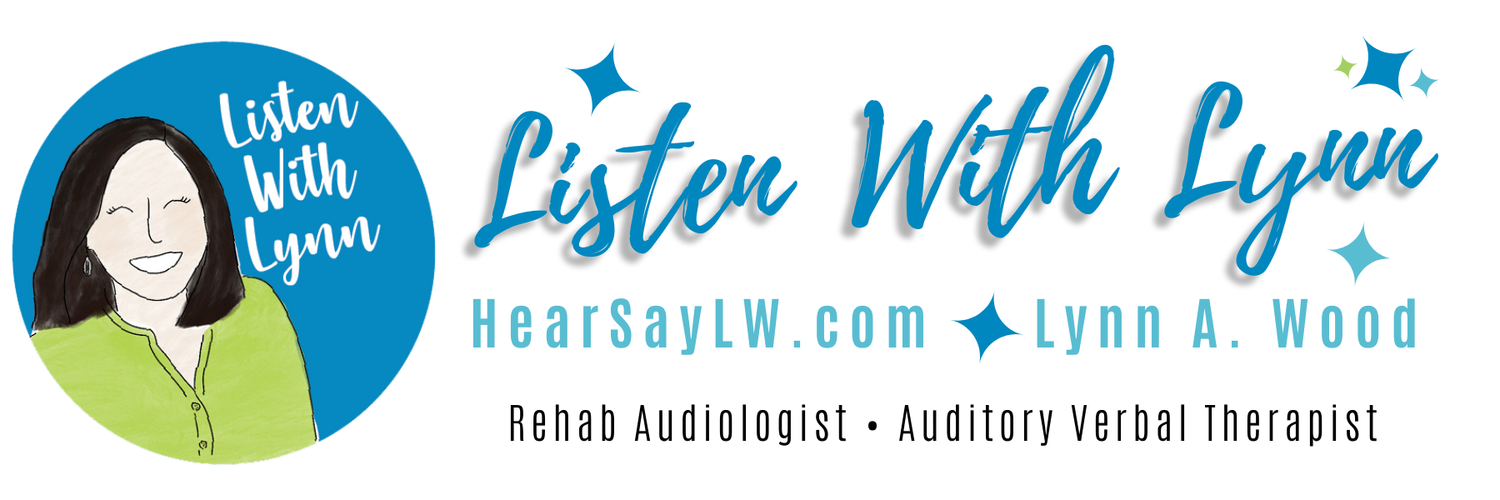Do you think that Dream Snow By Eric Carle is only a story to read near Christmas? Not me!
Read the story all winter and target learning to listen sounds, early vocabulary of farm animals, weather, clothes, and counting. Dream Snow is a well-loved classic book for listening, spoken language, and literacy that I’ve read for years in auditory verbal sessions with children who are deaf and hard of hearing.
Dream Snow tells the tale of a farmer who falls asleep and dreams of snow falling and covering each of his animals like blankets. Can you guess what the Farmer discovers when he wakes up?
In the book, the snowy blankets are flaps that cover the farm animals. An LSL strategy is letting the child hear a sound or words BEFORE showing them the toy or object. Providing ear contact before eye contact is critical to growing a child's auditory skills.
So, peek at the hidden animal but keep it out of the child’s view. Then open the book’s flap or take off the blanket of snow and talk all about the animals.
Grab toy farm animals and white fabric - I use soft white interfacing material as the snowy blankets and act out the story.
On the last page, there is an opportunity to point out sounds. There is a button near the tree. Point to your ear then press the button. Surprisingly magical music plays. Say, "I hear that!" and talk about the musical sounds.
Use the Listen With Lynn store button below to browse games, activities, and resources created for kids with hearing loss!








